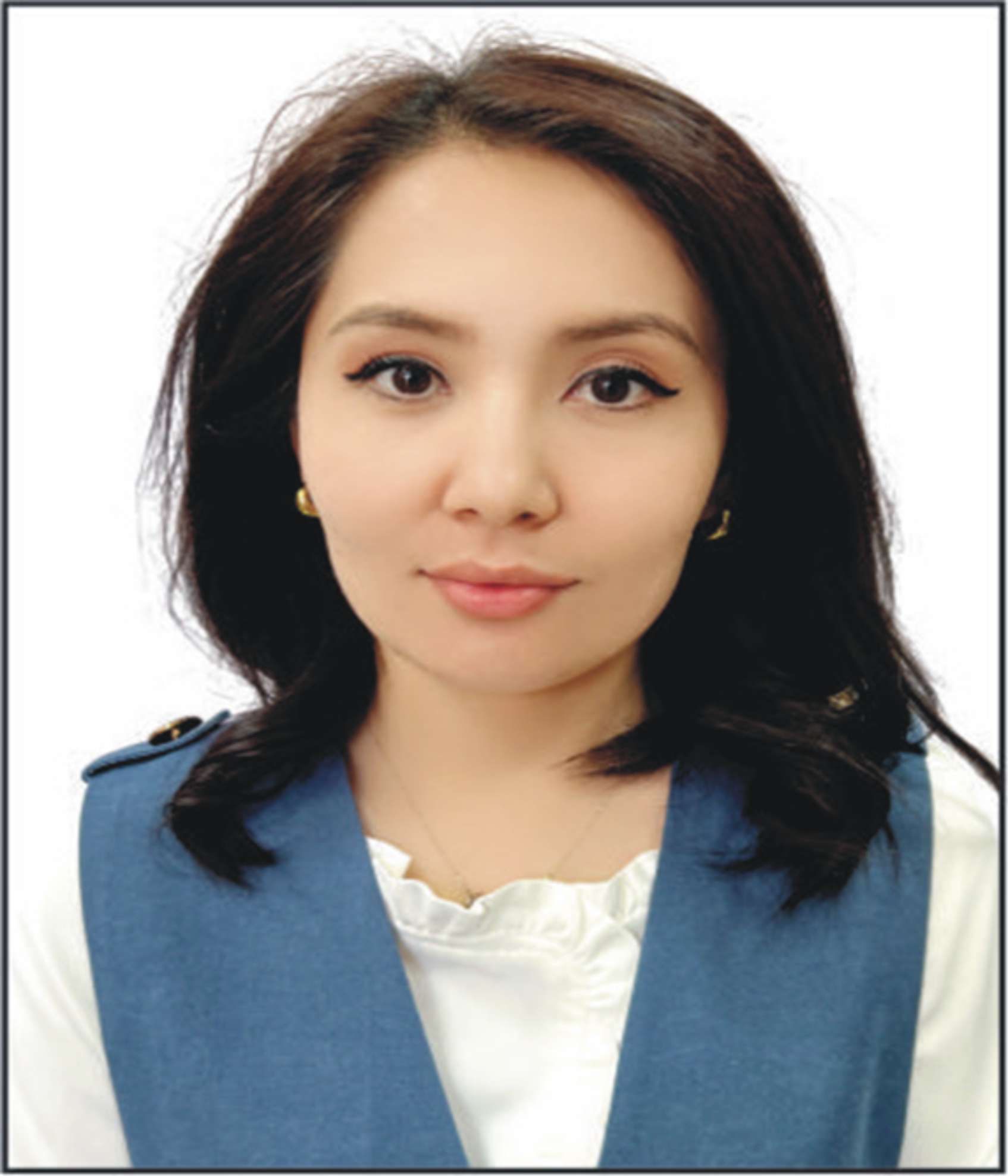Features of Flipped Learning to Improve Speaking Proficiency
DOI:
https://doi.org/10.5281/zenodo.17235182Ключевые слова:
general responses, perceived benefits, perceived challenges, flipped classroom methodologyАннотация
The concept of the flipped classroom has received significant attention; however, limited research has explored
its implementation in English teaching, which is the focus of this study. The aim is to examine the general responses of
English teachers toward the flipped classroom methodology and to investigate the perceived benefits and challenges of
its application in English teaching. A total of 10 English teachers from diverse institutions that have adopted the flipped
classroom model participated in this research. Data were collected through a combination of questionnaires and interviews
and analyzed using a range of techniques. The findings revealed that English teachers demonstrated a highly
positive response to the flipped classroom methodology. The perceived benefits included facilitating active learning,
fostering collaborative teamwork, stimulating autonomous learning, and enhancing classroom interaction. The challenges
encountered during implementation were related to the provision of support, technical and technological difficulties, and
the preparation of flipped learning materials.
Библиографические ссылки
1. “O‘quvchilarning gapirish kompetensiyasini flipped classroom (teskari sinf) texnologiyasi asosida takomillashtirish
(10-11-sinflar misolida).”
2. L. Irianti, A. Faridi, H. Pratama, and S. Suwandi, “Flipped classroom and critical thinking on public speaking class,”
Mar. 11, 2024, Taylor & Francis. doi: 10.1080/2331186X.2024.2315815.
3. B. Birgili, F. N. Seggie, and E. Oğuz, “The trends and outcomes of flipped learning research between 2012-2018: A
descriptive content analysis,” Feb. 09, 2021, Springer Science+Business Media. doi: 10.1007/s40692-021-00183-y.
4. M. Amiryousefi, “The incorporation of flipped learning into conventional classes to enhance EFL learners’ L2 speaking,
L2 listening, and engagement,” Oct. 28, 2017, Taylor & Francis. doi: 10.1080/17501229.2017.1394307.
5. R. M. R. Khalil and S. Fahim, “Assessment as a Learning Tool in a Flipped English Language Classroom in Higher
Education,” Jan. 01, 2017, RELX Group (Netherlands). doi: 10.2139/ssrn.2895534.
6. E. N. A. Mulhim, “Flipped Learning, Self-Regulated Learning and Learning Retention of Students with Internal/External
Locus of Control,” Dec. 19, 2020, Osmangazi University. doi: 10.29333/iji.2021.14150a.
7. N. S. Goedhart, N. B. Westrhenen, C. Möser, and M. Zweekhorst, “The flipped classroom: supporting a diverse group
of students in their learning,” Mar. 07, 2019, Springer Science+Business Media. doi: 10.1007/s10984-019-09281-2.

Загрузки
Опубликован
Выпуск
Раздел
Лицензия
Copyright (c) 2025 MAKTABGACHA VA MAKTAB TA’LIMI JURNALI

Это произведение доступно по лицензии Creative Commons «Attribution» («Атрибуция») 4.0 Всемирная.
